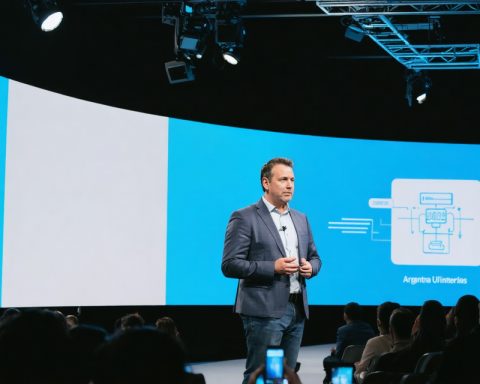Northrop Grumman’s recent $3 billion share buyback program hasn’t stopped its stock price from declining, highlighting investor concerns over its future performance. As a leader in aerospace and defense, the company is known for cutting-edge solutions that tackle complex global security issues. Despite its impressive portfolio, which includes the Global Hawk UAV, B-21 Raider, and vital contributions like the James Webb Space Telescope and the Apollo Lunar Module, investor confidence seems to waver.
Financially, Northrop Grumman remains heavily reliant on the U.S. market, with the Department of Defense and major military branches as its primary clients. The company’s space systems division leads with around 35% of total revenue, followed by aeronautics and mission systems. However, with only a 34% stock gain over five years compared to the S&P 500’s 116%, investors see limited upside. Even with a 2.6% year-over-year growth in Q3, expectations remain modest.
Geopolitical tensions and economic dependencies, such as those with China, could impact margins, potentially decreasing them by 11%. Nevertheless, there’s a chance for expansion under similar conditions. Despite robust FCF forecasts of $2.45 billion this year, the market demands a compelling value proposition before taking the plunge.
Northrop Grumman’s stock stagnation indicates that the proposed share repurchase may not suffice to rekindle investor interest without further strategic moves. Until then, the aerospace giant’s financial maneuvers might not make the significant impact intended.
Why Northrop Grumman’s Future Hinges on More Than Just Share Buybacks
Overview of Northrop Grumman’s Market Position
Northrop Grumman, a prominent name in the aerospace and defense sector, is renowned for its intricate security solutions and innovative technology contributions. Even with a share buyback program valued at $3 billion, the company’s stock has faced challenges, signifying persistent investor apprehensions about its future growth trajectory.
Financial Dependencies and Market Dynamics
The financial health of Northrop Grumman is intricately tied to the U.S. market, with the Department of Defense and other military branches as cornerstone clients. This substantial dependency underscores the company’s vulnerability to shifts in U.S. defense budgets and political strategy. A key revelation is the dominant role of the space systems division, contributing to approximately 35% of the overall revenue compared to other segments like aeronautics and mission systems. Despite these figures, Northrop Grumman’s stock has seen a mere 34% gain over five years, sharply underperforming against the S&P 500’s impressive 116%.
Global Influences and Their Financial Implications
The current global landscape, marked by geopolitical tensions and economic dependencies, particularly with China, poses potential challenges for Northrop Grumman’s profit margins. Analysts suggest that such factors could trim margins by up to 11%. Conversely, these very conditions could catalyze expansion opportunities if navigated strategically.
Future Predictions and Strategic Considerations
Beyond free cash flow forecasts of $2.45 billion for the current fiscal year, investors seek assurance through strategic initiatives that extend beyond mere financial maneuvers. Enabling substantive growth in the stock valuation calls for robust product innovation, diversification into global markets, and adaptive strategies to geopolitical shifts.
Navigating Investor Expectations
For Northrop Grumman to regain investor confidence effectively, it must venture beyond share repurchase schemes and deliver clear, ambitious strategies catering to evolving market demands and global scenarios. This approach could manifest in amplified R&D investments or strategic partnerships that pivot away from reliance on existing contracts.
In summary, while share buybacks offer short-term financial bolstering, Northrop Grumman faces a critical juncture. Only through inventive and proactive business strategies can it align with investor expectations and fortify its market standing in an increasingly dynamic global defense landscape.








